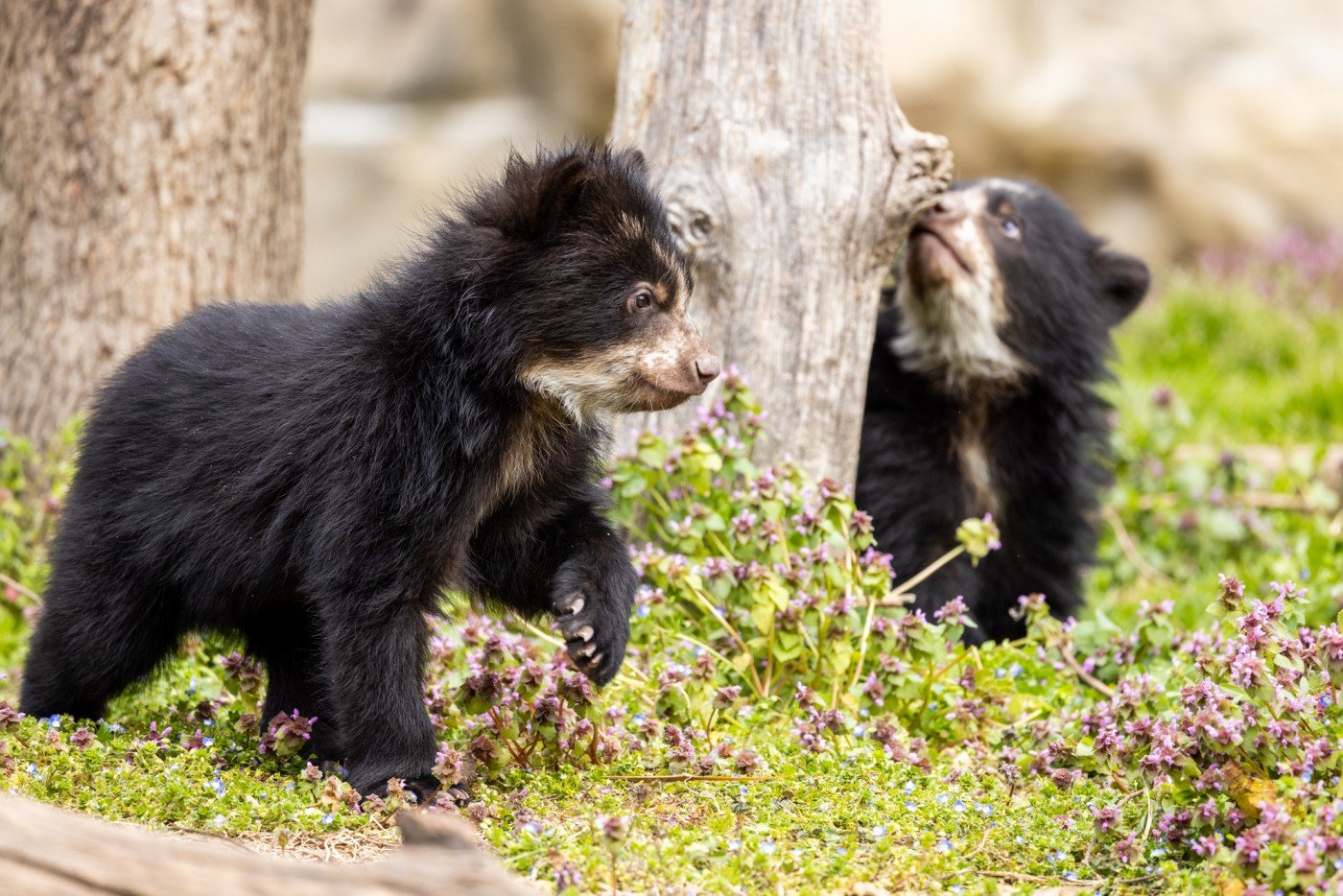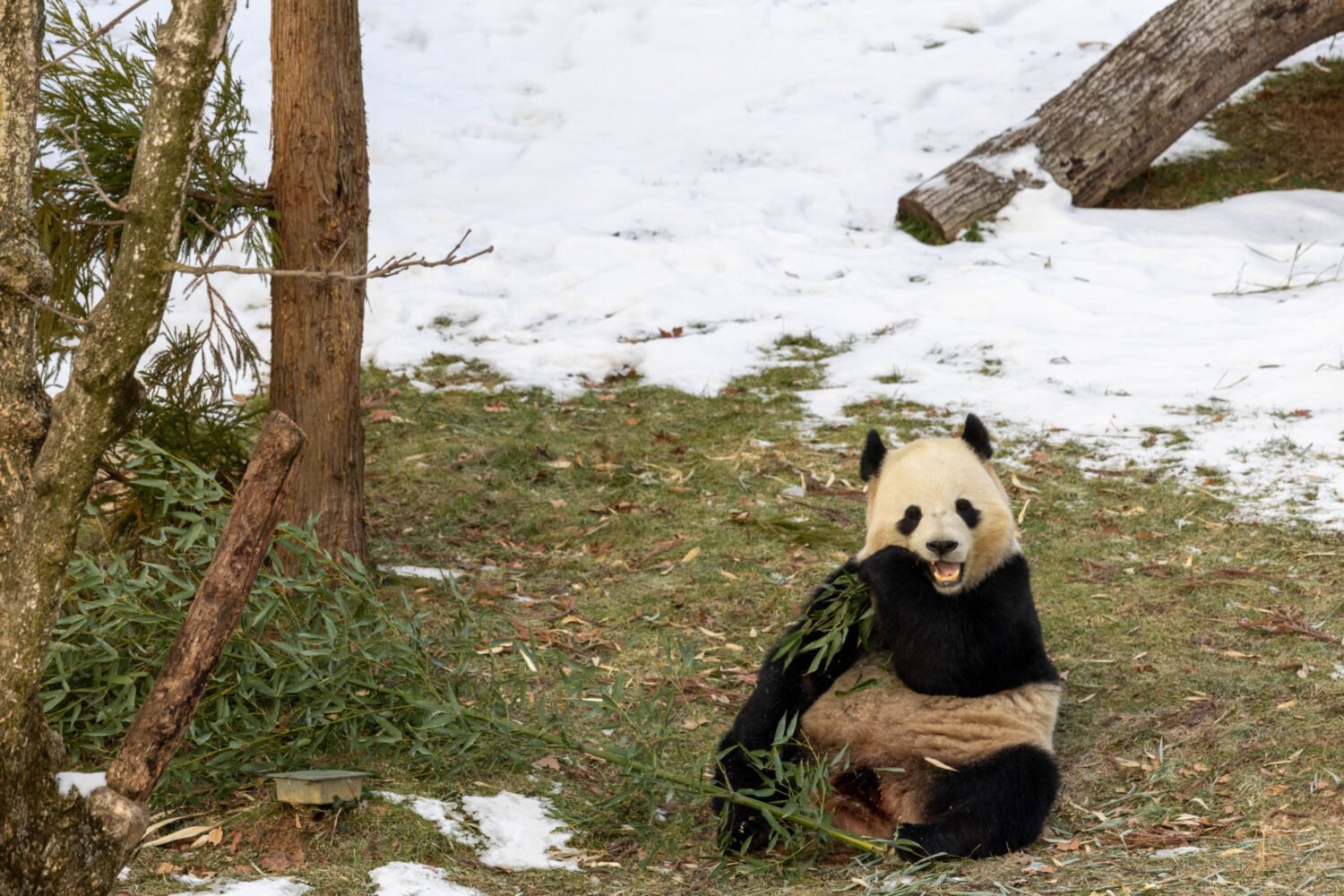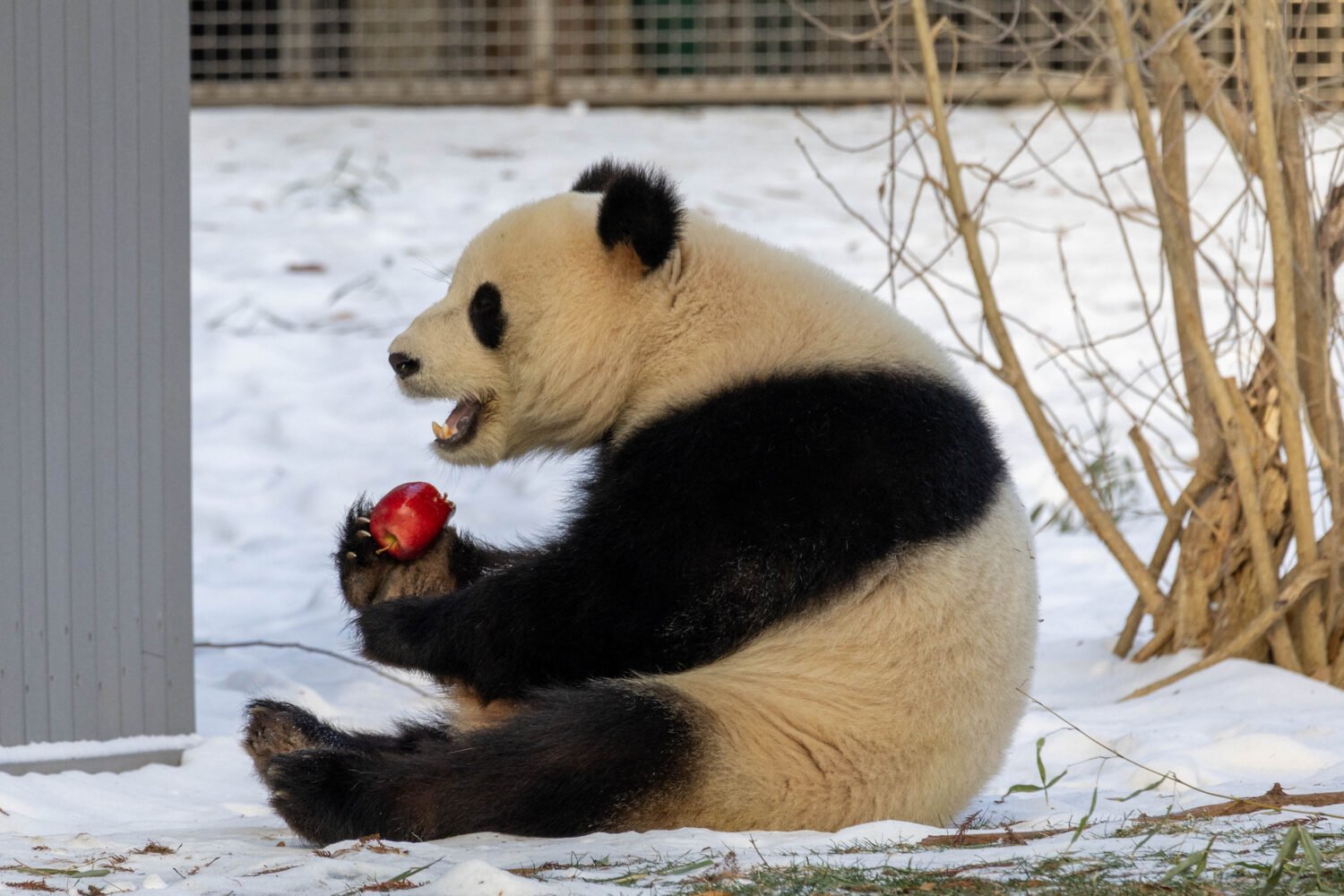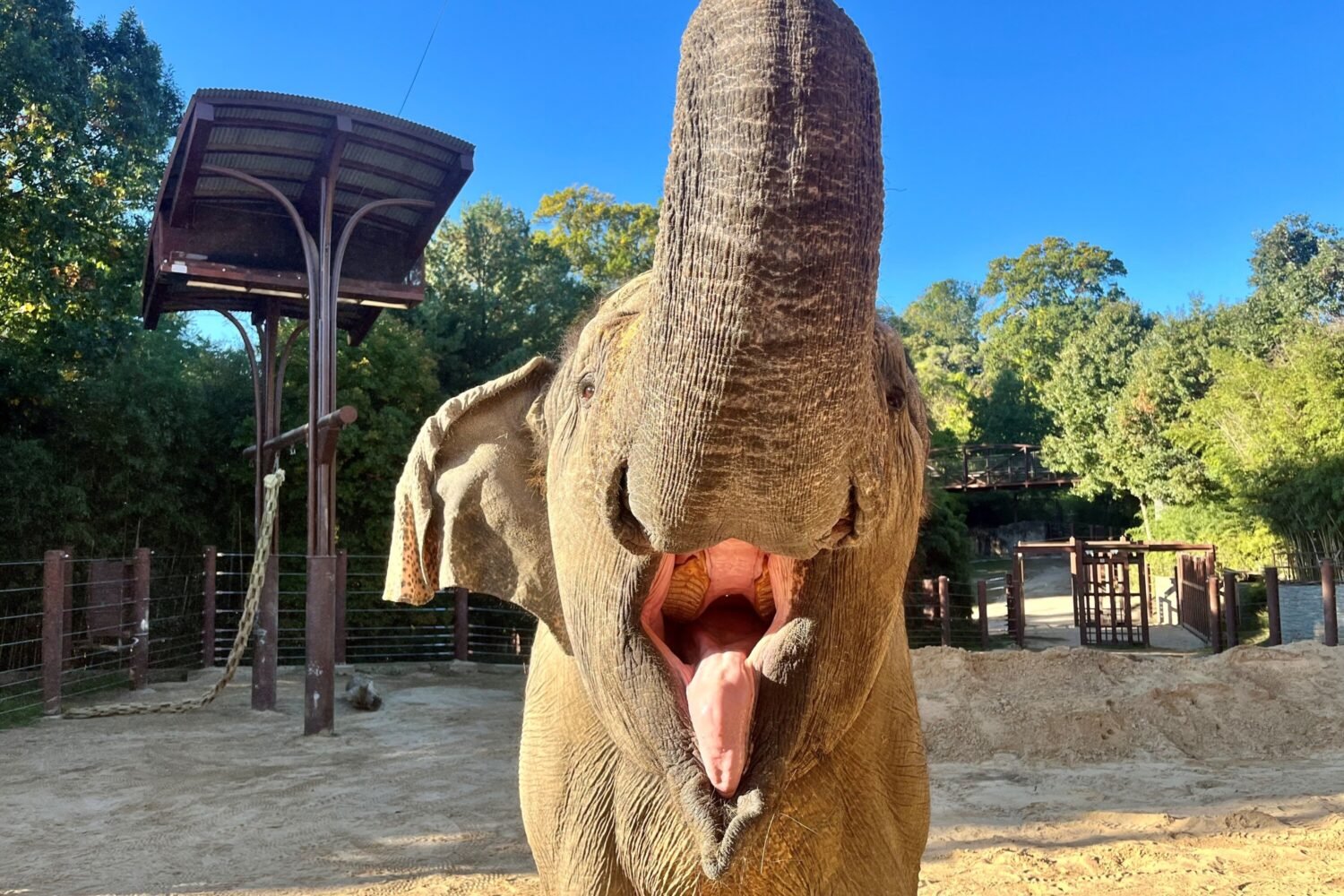DC’s Smithsonian National Zoo closed its doors today—for the first time since it reopened from its pandemic closure more than two years ago—as hazardous air chokes the DC area. Many Washingtonians are keeping pets indoors (and staying indoors themselves). But how are the zoo animals weathering the smoke?
All animals with lungs are vulnerable to bad air quality, and “several animals that spend the vast majority of their time in their outdoor habitats have been moved indoors,” says Pamela Baker-Masson, the zoo’s director of communications.
Zoo staff are closely monitoring older animals, very young animals—including the zoo’s new baby gorilla—and any animals with respiratory issues.
“Our concerns for animals are in line with those for humans,” says the zoo’s chief veterinarian, Donald Neiffer. “The elderly, the very young, and those animals with pre-existing diseases, particularly respiratory, are at an increased health risk from air pollution.”
Zookeepers, who often spend much of the day outside, are shifting their work plans to spend as much time as possible indoors, Baker-Masson says. The same applies to the zoo’s Smithsonian Conservation Biology Institute in Front Royal.
Orangutans, western lowland gorillas, and other animals who live in the Great Ape House and Think Tank exhibit are indoors. All of the zoo’s pandas are inside for the day—catch them noshing on bamboo on the Panda Cam. Andean bears, including two eight-month-old cubs, are being kept indoors too.
Other animals, including elephants, can move between indoor and outdoor areas. Birds in the semi-outdoor Bird House are in the open air for the time being, but the zoo says staff are monitoring them closely, too.
“Given some of the unique respiratory characteristics of avian species, there is a tendency to scrutinize them more during this type of event,” Neiffer says, “but the risk is not much different compared to mammals, reptiles, and amphibians.”
The zoo made the decision to close when the Air Quality Index hit code purple. Baker-Masson says the decision to reopen will be happen one day at a time.


















